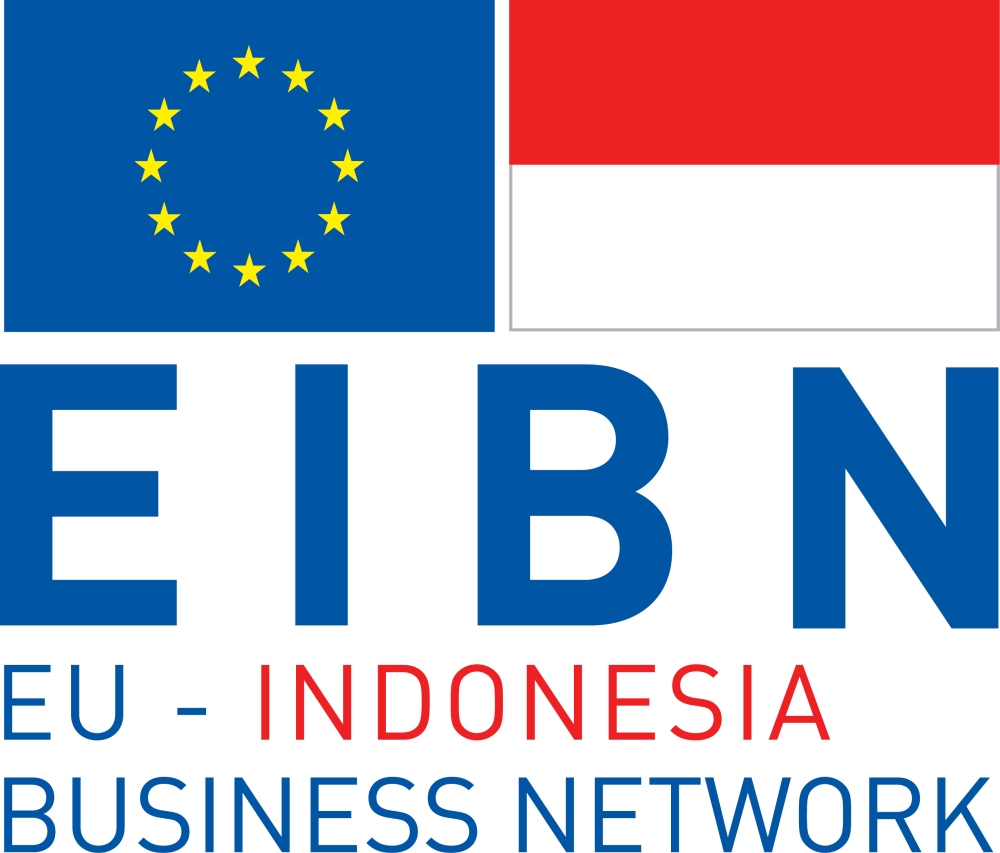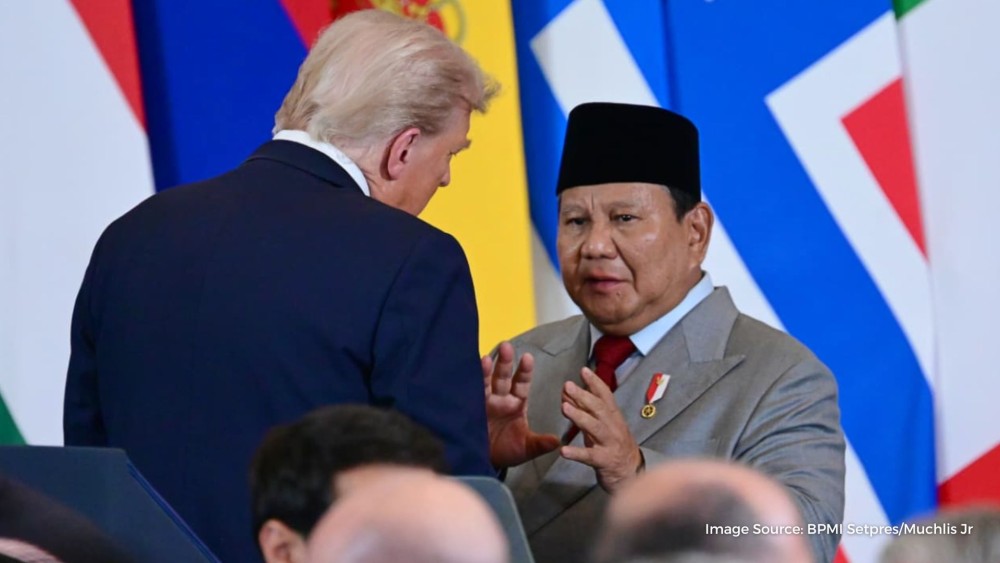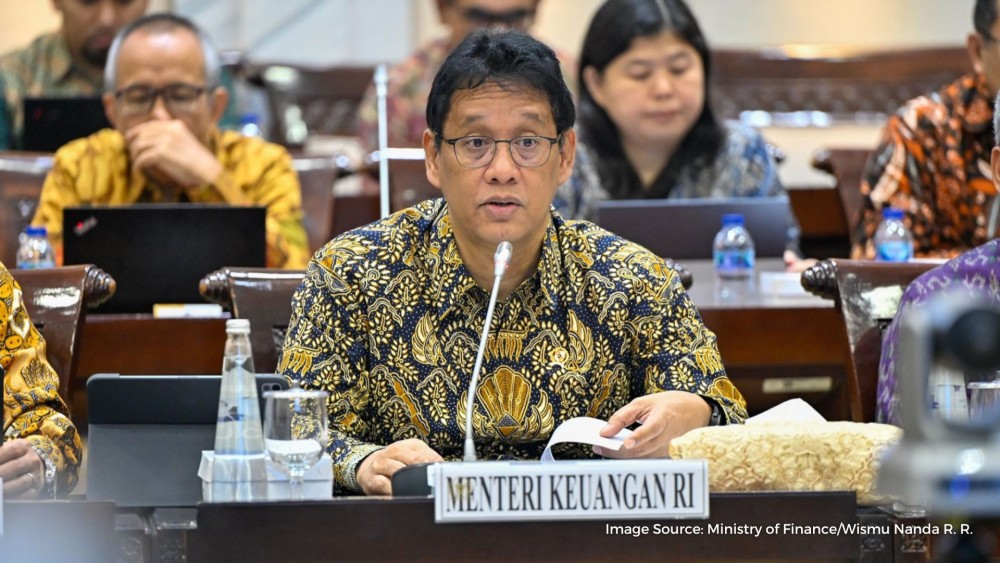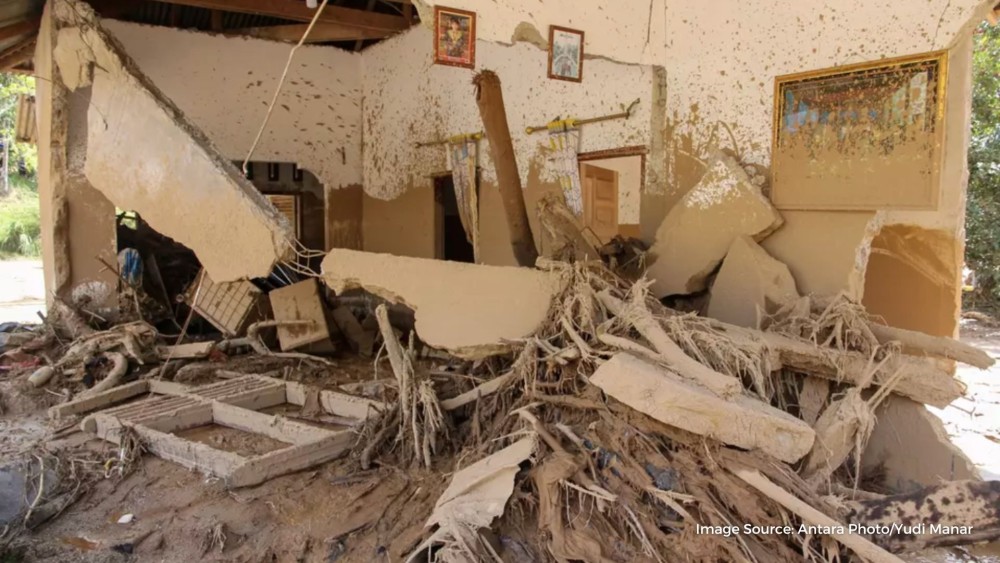The cosmetics and personal care market in Indonesia remains one of Southeast Asia’s most dynamic and fast-evolving consumer industries in 2025. Revenue in the cosmetics segment amounts to USD 2.09 billion this year and is projected to grow annually by 4.73% (CAGR 2025 – 2030), according to Statista.
The broader Beauty & Personal Care market generates USD 9.74 billion, expanding at 4.33% annually, with personal care accounting for the largest share at USD 4.10 billion. The sector’s strength lies in a rising middle class, a young population, and surging demand for halal-certified products—an increasingly decisive purchase factor for consumers. By 2025, an estimated 92.6% of cosmetics revenue will come from non-luxury products, highlighting Indonesia’s dominant mass-market and masstige (affordable premium) positioning.
Indonesian consumers are growing more sophisticated, prioritizing both self-care and social expression through beauty routines. The US-based market research company Inkwood values the Indonesia skin care market alone at USD 3.07 billion in 2025, forecasting growth to USD 4.64 billion by 2032 at a 6.1% CAGR. Skincare remains the industry’s fastest-growing segment, reflecting local awareness of tropical-climate skin concerns such as sun exposure, humidity, and pollution. The market also shows expanding interest in natural ingredients, UV protection, and dermatologically tested formulations. Product development increasingly merges traditional botanicals with modern science, catering to both sensitive and combination skin types while integrating Indonesia’s cultural diversity and climate conditions into localized product designs.
The digital transformation of Indonesia’s beauty retail landscape continues to redefine how consumers shop. E-commerce platforms such as Shopee, Tokopedia, and Sociolla are now central to discovery and purchasing, with online channels contributing an estimated 19.6% of total Beauty & Personal Care revenue in 2025. Social commerce, influencer marketing, and K-beauty-inspired trends dominate digital engagement—especially among millennials and Gen Z—driving higher consumption of imported and local brands alike. Both global players such as L’Oréal, Unilever, Procter & Gamble, and Shiseido, and local champions like Wardah, Make Over, Mizzu, and ESQA Cosmetics are competing for visibility in this digital-first environment. These brands have refined their strategies around halal certification, clean formulations, and accessible luxury, blending international appeal with local identity.
The regulatory landscape continues to shape market practices. The National Agency of Drug and Food Control (BPOM) maintains strict oversight on cosmetic safety and labeling, while the upcoming mandatory halal certification requirement—effective October 17, 2026—is accelerating compliance and reformulation across product portfolios. Meanwhile, government policies promoting domestic manufacturing and export potential create opportunities for Indonesian producers to serve regional markets in ASEAN, the Middle East, and beyond.
Indonesia’s cosmetics industry outlook remains promising, underpinned by rising disposable income, beauty awareness, and digital adoption. Challenges persist in the form of counterfeit goods, certification readiness, and infrastructure gaps for verification. Nonetheless, the convergence of halal compliance, clean-beauty innovation, and digital retail integration is positioning Indonesia as a regional powerhouse in the global beauty landscape.
Despite various efforts to minimize illicit and counterfeit cosmetics in the market, BPOM continues to identify illegal products in circulation. As recent as August 2025, the agency revoked distribution permits for 21 cosmetic products due to mis-labelling and ingredient discrepancies.
A key hurdle remains the legacy regulatory framework: for example, previous import exemptions made enforcement difficult. In parallel, Indonesia’s flagship halal-product law (Law No. 33 of 2014 on Halal Product Assurance) obliges all cosmetics to carry a halal certification by 17 October 2026, yet the complexity of supply-chain verification – including imported and locally sourced raw materials – continues to challenge manufacturers and auditors alike. Moreover, new regulations such as BPOM Regulation No. 18/2024 on labelling, promotion and advertising of cosmetics (effective November 2024) and BPOM Regulation No. 25/2025 covering ingredient and registration revisions (effective October 2026) raise the compliance bar further.
Another structural constraint for the local industry is talent scarcity. Many companies report shortages of middle to senior management capable of navigating this dynamic market, leading to a need not only for hiring, but for deliberate talent-development strategies: training, career-path planning, and retention programs. Without such investments, innovation and speed to market may suffer, especially given increasing competition and regulatory complexity.
Finally, on the manufacturing side, the industry still depends heavily on imported raw materials (estimates indicate that around 90% of cosmetic raw materials are imported) which complicates halal-certification, localization efforts and cost structures. The government is encouraging downstream development of indigenous ingredient supply and manufacturing, yet logistics, certification infrastructure and workforce readiness remain work-in-progress.
The Indonesian cosmetics industry continues to present an attractive investment and growth opportunity. With the population heading toward nearly 300 million by 2030 and rising per-capita income, demand for beauty and personal-care products is expected to maintain strong momentum. Key drivers include increasing consumer awareness of wellness and image, greater digital penetration, and the upward movement of middle-income and affluent segments across both urban and increasingly non-urban geographies. Local brands and global players sit side-by-side in a landscape where exports and domestic manufacturing are emphasized by government policy.
That said, the competitive intensity is rising, and success will depend heavily on regulatory compliance (especially halal / label / advertising), supply-chain localization, digital channel mastery and building skilled teams. With these prerequisites in place, Indonesia is well positioned to rank among Asia-Pacific’s top three or five cosmetic markets in the coming decade.
This content is done in collaboration with:
Business Sectors








